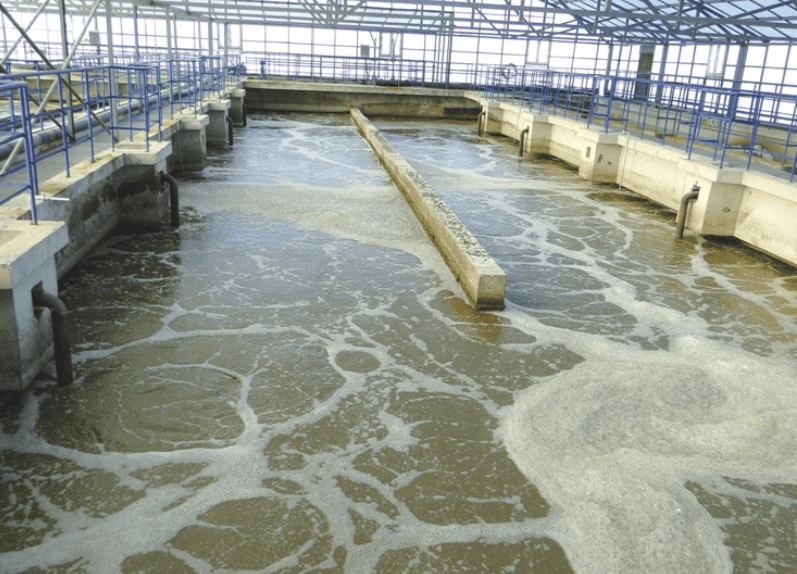What is the aeration tank in wastewater treatment?
An aeration tank is a biochemical reactor designed according to the characteristics of microorganisms and uses the activated sludge method for wastewater treatment. The biological medium is suspended in the water and passes through aeration in the aeration tank. Aeration is provided by a set of fine bubble diffusers installed at the bottom of the tank. The pool provides a certain sewage residence time to meet the oxygen required by aerobic microorganisms and the mixing conditions for full contact between the sewage and activated sludge. The microorganisms in the water feed on organic matter, forming flocs, which then precipitate down to produce clean water. The aeration tank is mainly composed of three parts: the tank body, the aeration system and the inlet and outlet. The pool body is generally made of reinforced concrete and has a rectangular, square and circular shape.

Where is aeration provided?
Aeration cycles are performed to allow for nitrification and denitrification cycles. A freeboard of nearly 6.5 feet is available to handle any unexpected effluent overloads. The outlet of the tank is covered by a mesh to help stop the biological media from escaping.
Who provides aeration?
There are two main ways to add air to the water, either through a blower (try a roots blower) or a mixer.
How is maximum retention ensured?
The effluent from the raw wastewater lift pump passes through the inlet pipe. The pipe is bent downwards to prevent the effluent from flowing into the outlet pipe. The baffle wall prevents the incoming sewage and sludge from flowing over the tank to the outlet pipe. The wall presses the mixture to the bottom of the tank, providing optimal retention.
What the exit chute collects?
The outlet flow tank collects the effluent and conveys it to the outlet pipe. It is important to note that the outlet flow trough is furthest from the inlet pipe to avoid short-circuiting the flow from the tank inlet to the outlet.
Where does the effluent pipe lead the effluent?
The effluent enters the settling tank / secondary sedimentation tank through the discharge pipe.
Use of aeration
Aeration is the process of reducing the concentration of volatile organic compounds at the inlet. Dissolved gases such as hydrogen sulfide, methane and radon are also eliminated by aeration.
Aeration is the most optimized part of the process. Possible recommendations are to
- Injecting pure oxygen instead of air
- Replace coarse bubble diffusers with fine hole diffusers
- Installing a dissolved oxygen probe
- Automatic dissolved oxygen control
- Replace positive displacement with a centrifugal pump
- Installation of VFD on the blower
Aeration is an important step in wastewater treatment in every industry. KUOSI offers a wide range of equipment for wastewater treatment plants, including screw presses, filter presses, paddle dryers, polymer preparation systems, air flotation machines, sodium hypochlorite generators, etc. Feel free to contact us for equipment quotes or to inquire about water treatment solutions.
